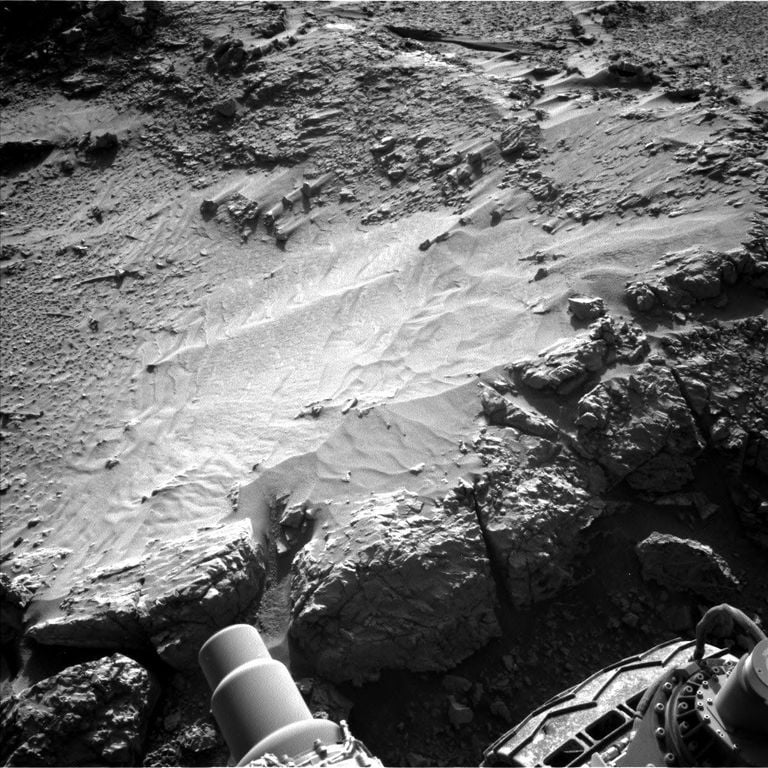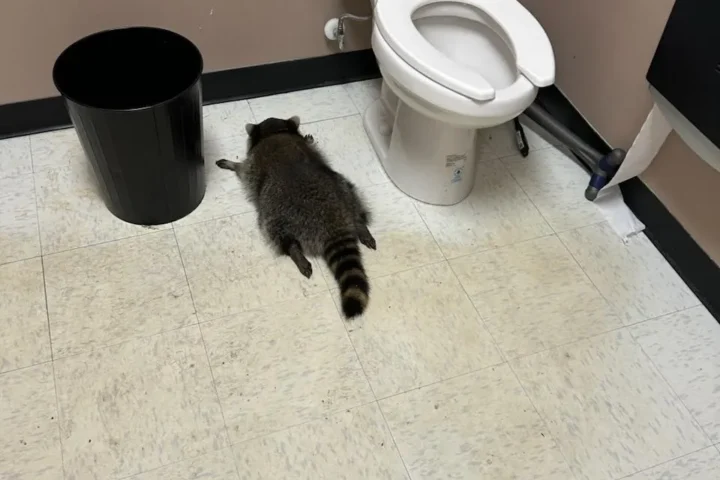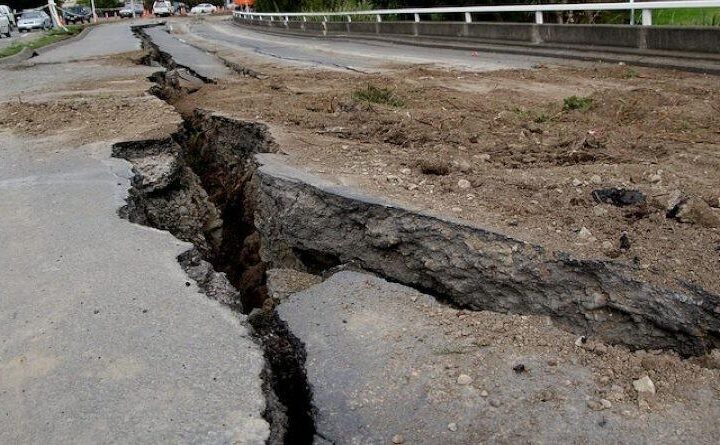NASA’s Curiosity rover has found an unusual web-like pattern of rock on Mars that has scientists excited about what it might reveal about the planet’s watery past. The discovery in Gale Crater shows a network of ridge-like formations that resemble structures called “boxwork” found on Earth.
“We’re now at the edge of what could be a boxwork structure—a striking pattern of tough, web-like ridges first seen from orbit,” stated Ashley Stroupe, Mission Operations Engineer at NASA’s Jet Propulsion Laboratory, in a recent mission update.
What exactly is this “stone web”?
The web-like formation consists of a complex lattice of ridges that stand out from surrounding terrain. On Earth, similar structures form when water carrying minerals flows through cracks in rock. These minerals harden in the cracks, and when softer surrounding rock erodes away, the harder mineral-filled cracks remain as a web-like pattern.
Scientists believe a similar process may have happened on Mars, suggesting that groundwater was active on the Red Planet for much longer than previously thought.
Technical challenges slow direct examination
Curiosity’s investigation hit a small snag when one of its front wheels became perched on a pebble, creating a risk if the rover tried to extend its robotic arm.
“One of Curiosity’s front wheels is resting on a pebble, and moving the robotic arm right now could risk slipping,” explained Stroupe.
Similar Posts
Instead of direct contact analysis, the rover is using its remote sensing tools while waiting to be repositioned:
- The Mastcam is capturing panoramic images of the surrounding landscape
- ChemCam is firing its laser at a feature named “Glendale Peak” to analyze its composition
- Both instruments are creating detailed mosaics of nearby formations
Engineers plan to move Curiosity backward about 30 centimeters (12 inches) to safely position it for direct examination with instruments on its robotic arm.
Why this discovery matters
If confirmed as a boxwork structure, this finding could significantly change our understanding of Mars’ past environment. The formation suggests that:
- Groundwater was present beneath Mars’ surface for much longer periods than scientists thought
- Water movement was more dynamic and complex
- Conditions potentially supporting life may have existed for extended periods
“The discovery of this potential boxwork formation could offer conclusive evidence of persistent subsurface water on Mars, bolstering theories about the planet’s once-habitable environment,” the mission team noted.

While conducting this investigation, Curiosity continues other work, including atmospheric monitoring to track dust levels and testing its Heat Rejection System that regulates the rover’s temperature.
The stone web was initially spotted in 2006 by the Mars Reconnaissance Orbiter, but only now has Curiosity been able to study it up close. This patient approach highlights how Mars exploration requires both advanced technology and careful planning to unlock the planet’s ancient secrets.


















